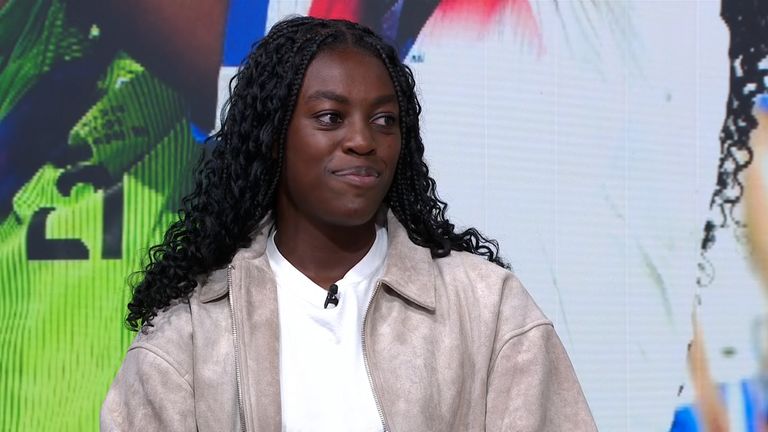Millions more middle-aged are obese, study suggests
Millions of middle-aged people have been mistakenly led to believe they are not obese, according to an Italian study that looked at body fat instead of weight related to height.

Using a new, lower cut-off for obesity would give a truer picture of who is affected, the researchers say.
With age, muscle declines and fat builds up around organs in the waist region, often with no change in weight.
The challenge is to find a tool that easily screens for obesity.
The standard way of categorising people's weight is by calculating their body mass index, or BMI, which means dividing an adult's weight in kilograms by the square of their height in metres.
18.5-25 is said to suggest a healthy weight
25-29 that they are overweight
30 or above that they are obese
It is a quick and easy method, supported by the World Health Organization (WHO), and pretty accurate in most people most of the time - but cannot differentiate between fat, muscle and bone.
A study of 4,800 adults aged 40-80 years old, led by the University of Tor Vergata in Rome, and presented at the European Congress on Obesity, looked at an alternative - measuring body fat percentage.
Just 38% of the men and 41% of the women had a BMI above 30 - but when their body fat percentage was calculated using scans, 71% and 64% were found to be obese.
"If we continue to use the WHO standard for obesity screening, we will miss many middle-aged and older adults who are at risk for obesity-related diseases including type 2 diabetes, heart disease, and some cancers," co-author, Prof Antonino De Lorenzo said.
A BMI of 27 should be used to define obesity in future, the researchers said.
"Establishing this new BMI cut-off point in clinical settings and obesity guidelines will be beneficial to the potential health of millions of older adults," Prof De Lorenzo said.
'Simple tool'
The study is one of many which have suggested different cut-off points for BMI over the years.
Yet it's unlikely BMI will be ditched anytime soon - it's certainly much cheaper than scanning people to quantify their body fat accurately.
The researchers admit larger studies in other countries are needed to confirm the results. This study only looked at adults in one region of Italy and didn't look at the distribution of fat in people's bodies - only the percentage of the body made up of fat.
It also didn't ask people about their diets or exercise habits to work how why some people might be more at risk from obesity than others.
On its own, it's not clear whether body fat analysis would be a definitive measurement either.
"We need a simple tool to screen for obesity that can be available for anyone," said co-author Prof Marwan El Ghoch, from the University of Modena and Reggio Emilia.
Prof Naveed Sattar, from the University of Glasgow, said: "Rather than cutting the obesity thresholds to 27, which would mean around half the adults in UK are living with obesity, other definitions of obesity that include also looking at waist circumference, combined with specific signs and symptoms of excess weight, are likely to be more informative."
The search for the right tool continues.
-bbc







